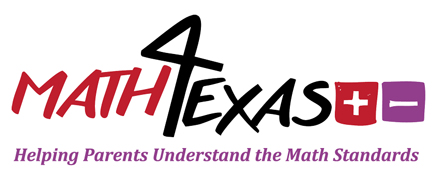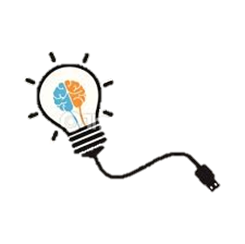T.i.P.S.
-
 The mode is the number that appears most often in a set of data.
The mode is the number that appears most often in a set of data.
The frequency table would first use certain categories that can be determined based on the data and are usually ranges (ex. 50-59) and would be represented in the first column of the table. The second column of the table would show the frequency of that range. For example, if the data contained numbers such as 52, 54, 57, and 59, there would be 4 pieces of data in the 50-59 category. Therefore, the frequency is 4.
The third and final column of the table is the relative frequency, which is determined by taking the frequency of that category, divided by the total pieces of data. The result is a decimal, which will in turn become a percent for the percent bar graph. The percent bar graph will portray the frequency from the frequency table, but in bar graph format.
Example
-
Some 6th graders at Hill Middle School participated in a reading contest. The number of books read by the students is shown below.Create a frequency table that shows how many books students read.
Digital Tools
-
Click on the following links for interactive games.
TEKS
-
Readiness Standard
6.12 Measurement and data. The student applies mathematical process standards to use numerical or graphical representations to analyze problems. The student is expected to:
(D) summarize categorical data with numerical and graphical summaries, including the mode, the percent of values in each category (relative frequency table), and the percent bar graph, and use these summaries to describe the data distribution





 Click
Click 

